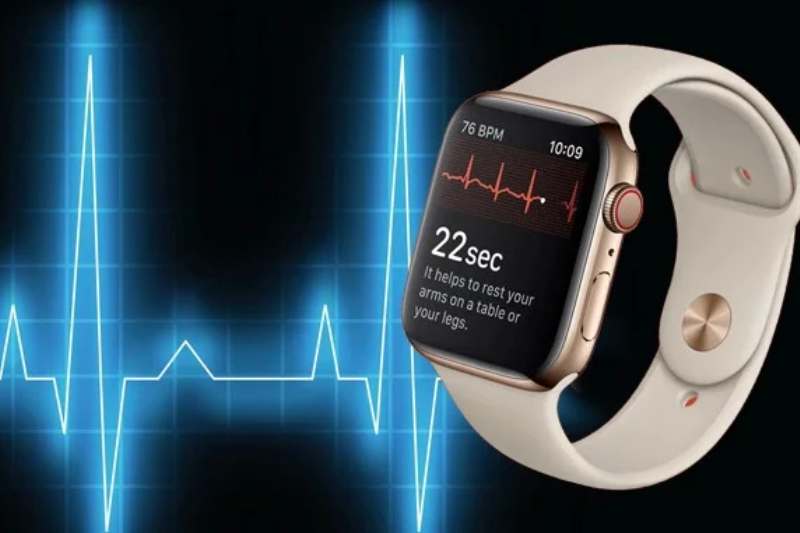
Cupertino, CA – July 11, 2025:
Apple Inc. has announced a groundbreaking advancement in wearable health technology. A newly developed AI model integrated into the Apple Watch has demonstrated the ability to detect a wide range of hidden health conditions with up to 92% accuracy, according to research released in collaboration with the Apple Heart and Movement Study (AHMS).
The AI model, termed the Wearable Behavior Model (WBM), utilizes aggregated behavioral data instead of raw sensor readings. By analyzing long-term metrics such as mobility patterns, sleep cycles, heart rate variability, and respiratory rate, the model can identify subtle signs of various medical conditions—often before the user experiences noticeable symptoms.
Apple’s research team trained the model using over 2.5 billion hours of Apple Watch data gathered from more than 160,000 study participants, making it one of the largest wearable health data studies in history.
“This marks a significant step forward in proactive digital health monitoring,” said Dr. Desmond Franklin, a lead researcher with the AHMS team. “Unlike traditional methods that rely on high-frequency sensor data, this model draws conclusions from longitudinal behavior—offering greater stability and predictive potential.”
The Wearable Behavior Model was evaluated against 57 health conditions. It outperformed existing models in predicting both static conditions, such as hypertension and beta-blocker usage, and transient health events like respiratory infections, sleep disturbances, and injury recovery.
One of the most notable findings from the study is the model’s ability to detect pregnancy with 92% accuracy. The AI recognized changes in activity, breathing, and resting heart rate—patterns that were invisible to traditional signal-based monitoring.
Apple clarified that the new model is not intended to replace the Apple Watch’s current sensor-based diagnostics, such as ECG or blood oxygen tracking. Instead, the behavior-based model is designed to complement physiological data, enhancing the device’s ability to detect complex or developing health concerns.
A hybrid approach—merging WBM and sensor-driven data—yielded even better predictive accuracy in early testing.
As of now, the AI model remains in the research phase. Apple has not confirmed whether this capability will become a consumer-facing feature in a future version of watchOS or the Apple Health app. However, the findings raise strong possibilities for upcoming health innovations in Apple’s product ecosystem.
The company reiterated its commitment to user privacy, stating that all study data was anonymized and obtained only from participants who consented through Apple’s Research app.
Industry experts have lauded the announcement as a major stride in the evolution of wearable healthcare. By moving toward passive and predictive monitoring, Apple continues to position the Watch not just as a fitness accessory but as a serious preventive health tool.
Healthcare professionals emphasize that while such technology does not replace medical evaluation, it has the potential to prompt earlier interventions, reduce hospital visits, and empower individuals with more actionable health insights.
As wearable devices become smarter and more deeply integrated into daily life, Apple’s latest AI breakthrough reinforces the growing role of machine learning in healthcare diagnostics—and sets the stage for a new generation of intelligent, behavior-aware health wearables.